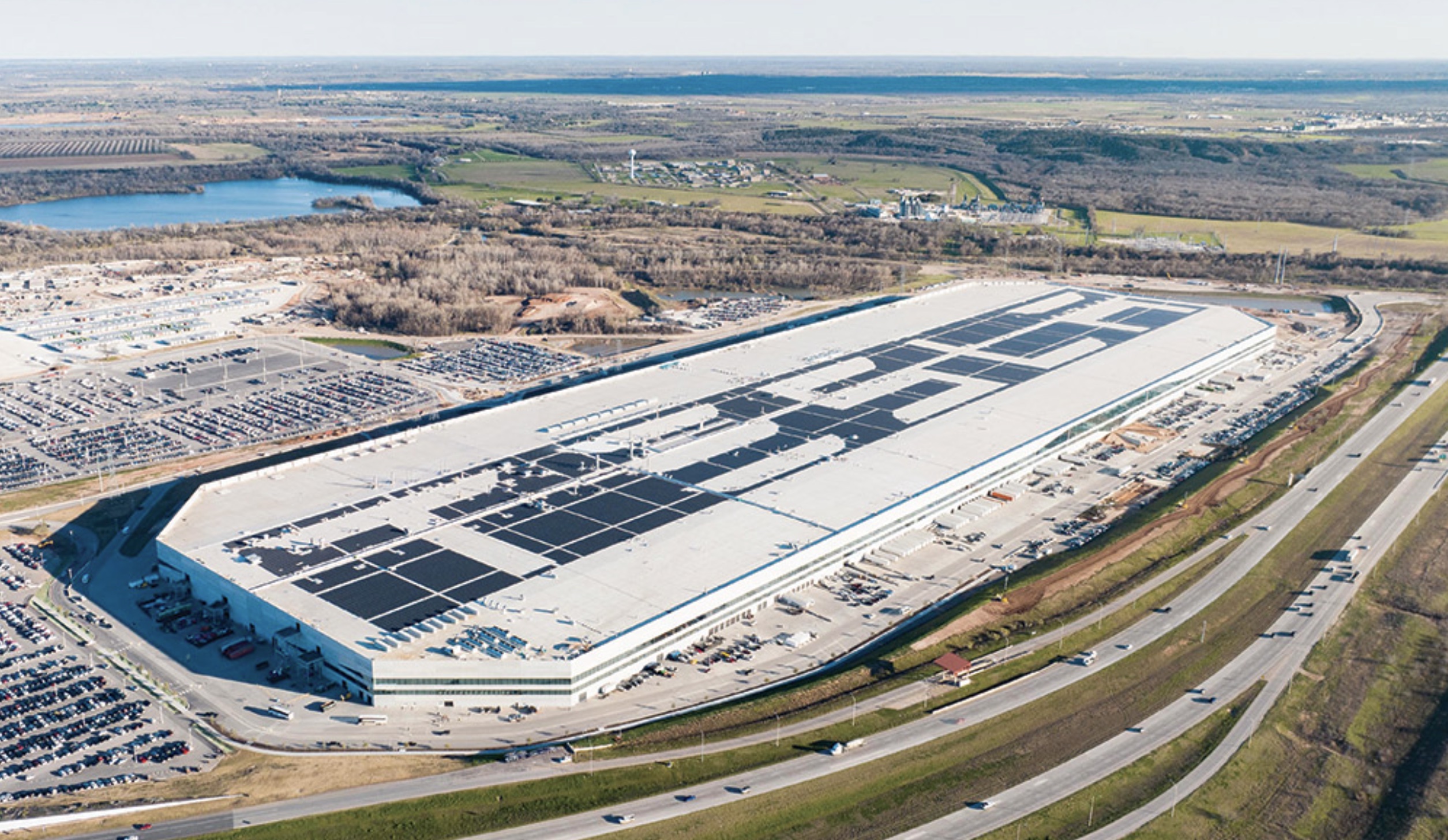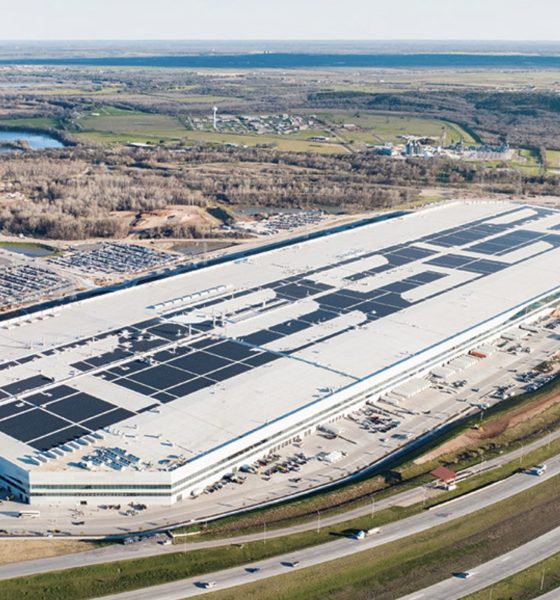Tesla’s board of directors has responded to one proxy advisory firm that recently urged its investors to vote against ratifying Elon Musk’s 2018 pay package, ahead of the upcoming annual shareholders meeting.
On Monday, Tesla’s board shared a four-page letter to shareholders on its website, detailing what it believes proxy advisory firm Institutional Shareholder Services (ISS) missed in its recent evaluation of the upcoming vote.
In it, the board writes that the firm was right to urge investors to vote in favor of proposal three, or moving incorporation from Delaware to Texas, adding that it missed important points in encouraging them to vote against proposal four, ratifying Musk’s previously approved $56 billion compensation package.
Far too much power is concentrated in the hands of “shareholder services” companies like ISS and Glass Lewis, because so much of the market is passive/index funds, which outsource shareholder voting decisions to them.
ISS and Glass Lewis effectively control the stock market.
— Elon Musk (@elonmusk) January 24, 2023
“Despite the recognition of the benefits of the 2018 CEO Performance Award to both Tesla and its stockholders, ISS ultimately reached the wrong conclusion about Proposal Four due to a technical misunderstanding around the Award,” writes the board.
Tesla’s board of directors also outlines four specific points ISS made in its argument against a vote in favor of ratifying the package, arguing that the firm doesn’t fully understand what ratification means—alongside other points.
The letter also includes a recent post on X from Musk, in which he said that the compensation plan would let the CEO “sell enough stock to pay the taxes,” the rest of which would need to be held for five years.
The deal allows me to sell enough stock to pay the taxes. The remaining stock must be held for 5 years, so it is impossible for me to cash out and run.
— Elon Musk (@elonmusk) June 1, 2024
Last week, ISS wrote that the pay package was “excessive, even given the company’s success,” noting that the firm is unsure if the award will “increase Musk’s focus on Tesla.”
The value of Musk’s compensation package was set and approved by shareholder votes in 2018, as part of a performance-based tranche system that would ultimately net him around $56 billion in Tesla shares for that time. The vote to ratify the plan comes after it was struck down and effectively voided by Delaware Judge Kathaleen McCormick in January.
Tesla shareholders have until June 13 to vote their shares on these and other proposals, and the company has recently used multiple avenues to encourage investors to vote yes on proposals three and four. Other firms have been divided on the vote, with some, such as Glass Lewis, encouraging shareholders to vote against the proposals, while others have urged stockholders to vote in favor of them—in accordance with board recommendations.
Last month, Tesla shared a website dedicated to showing investors how to vote, and encouraging them to vote yes on proposals three and four. You can visit that site here.
Tesla shareholder sues Elon Musk accusing him of insider trading
What are your thoughts? Let me know at zach@teslarati.com, find me on X at @zacharyvisconti, or send us tips at tips@teslarati.com.

News
Tesla FSD fleet is nearing 7 billion total miles, including 2.5 billion city miles
As can be seen on Tesla’s official FSD webpage, vehicles equipped with the system have now navigated over 6.99 billion miles.

Tesla’s Full Self-Driving (Supervised) fleet is closing in on almost 7 billion total miles driven, as per data posted by the company on its official FSD webpage.
These figures hint at the massive scale of data fueling Tesla’s rapid FSD improvements, which have been quite notable as of late.
FSD mileage milestones
As can be seen on Tesla’s official FSD webpage, vehicles equipped with the system have now navigated over 6.99 billion miles. Tesla owner and avid FSD tester Whole Mars Catalog also shared a screenshot indicating that from the nearly 7 billion miles traveled by the FSD fleet, more than 2.5 billion miles were driven inside cities.
City miles are particularly valuable for complex urban scenarios like unprotected turns, pedestrian interactions, and traffic lights. This is also the difference-maker for FSD, as only complex solutions, such as Waymo’s self-driving taxis, operate similarly on inner-city streets. And even then, incidents such as the San Francisco blackouts have proven challenging for sensor-rich vehicles like Waymos.
Tesla’s data edge
Tesla has a number of advantages in the autonomous vehicle sector, one of which is the size of its fleet and the number of vehicles training FSD on real-world roads. Tesla’s nearly 7 billion FSD miles then allow the company to roll out updates that make its vehicles behave like they are being driven by experienced drivers, even if they are operating on their own.
So notable are Tesla’s improvements to FSD that NVIDIA Director of Robotics Jim Fan, after experiencing FSD v14, noted that the system is the first AI that passes what he described as a “Physical Turing Test.”
“Despite knowing exactly how robot learning works, I still find it magical watching the steering wheel turn by itself. First it feels surreal, next it becomes routine. Then, like the smartphone, taking it away actively hurts. This is how humanity gets rewired and glued to god-like technologies,” Fan wrote in a post on X.
News
Tesla starts showing how FSD will change lives in Europe
Local officials tested the system on narrow country roads and were impressed by FSD’s smooth, human-like driving, with some calling the service a game-changer for everyday life in areas that are far from urban centers.

Tesla has launched Europe’s first public shuttle service using Full Self-Driving (Supervised) in the rural Eifelkreis Bitburg-Prüm region of Germany, demonstrating how the technology can restore independence and mobility for people who struggle with limited transport options.
Local officials tested the system on narrow country roads and were impressed by FSD’s smooth, human-like driving, with some calling the service a game-changer for everyday life in areas that are far from urban centers.
Officials see real impact on rural residents
Arzfeld Mayor Johannes Kuhl and District Administrator Andreas Kruppert personally tested the Tesla shuttle service. This allowed them to see just how well FSD navigated winding lanes and rural roads confidently. Kruppert said, “Autonomous driving sounds like science fiction to many, but we simply see here that it works totally well in rural regions too.” Kuhl, for his part, also noted that FSD “feels like a very experienced driver.”
The pilot complements the area’s “Citizen Bus” program, which provides on-demand rides for elderly residents who can no longer drive themselves. Tesla Europe shared a video of a demonstration of the service, highlighting how FSD gives people their freedom back, even in places where public transport is not as prevalent.
What the Ministry for Economic Affairs and Transport says
Rhineland-Palatinate’s Minister Daniela Schmitt supported the project, praising the collaboration that made this “first of its kind in Europe” possible. As per the ministry, the rural rollout for the service shows FSD’s potential beyond major cities, and it delivers tangible benefits like grocery runs, doctor visits, and social connections for isolated residents.
“Reliable and flexible mobility is especially vital in rural areas. With the launch of a shuttle service using self-driving vehicles (FSD supervised) by Tesla in the Eifelkreis Bitburg-Prüm, an innovative pilot project is now getting underway that complements local community bus services. It is the first project of its kind in Europe.
“The result is a real gain for rural mobility: greater accessibility, more flexibility and tangible benefits for everyday life. A strong signal for innovation, cooperation and future-oriented mobility beyond urban centers,” the ministry wrote in a LinkedIn post.
News
Tesla China quietly posts Robotaxi-related job listing
Tesla China is currently seeking a Low Voltage Electrical Engineer to work on circuit board design for the company’s autonomous vehicles.

Tesla has posted a new job listing in Shanghai explicitly tied to its Robotaxi program, fueling speculation that the company is preparing to launch its dedicated autonomous ride-hailing service in China.
As noted in the listing, Tesla China is currently seeking a Low Voltage Electrical Engineer to work on circuit board design for the company’s autonomous vehicles.
Robotaxi-specific role
The listing, which was shared on social media platform X by industry watcher @tslaming, suggested that Tesla China is looking to fill the role urgently. The job listing itself specifically mentions that the person hired for the role will be working on the Low Voltage Hardware team, which would design the circuit boards that would serve as the nervous system of the Robotaxi.
Key tasks for the role, as indicated in the job listing, include collaboration with PCB layout, firmware, mechanical, program management, and validation teams, among other responsibilities. The role is based in Shanghai.
China Robotaxi launch
China represents a massive potential market for robotaxis, with its dense urban centers and supportive policies in select cities. Tesla has limited permission to roll out FSD in the country, though despite this, its vehicles have been hailed as among the best in the market when it comes to autonomous features. So far, at least, it appears that China supports Tesla’s FSD and Robotaxi rollout.
This was hinted at in November, when Tesla brought the Cybercab to the 8th China International Import Expo (CIIE) in Shanghai, marking the first time that the autonomous two-seater was brought to the Asia-Pacific region. The vehicle, despite not having a release date in China, received a significant amount of interest among the event’s attendees.










